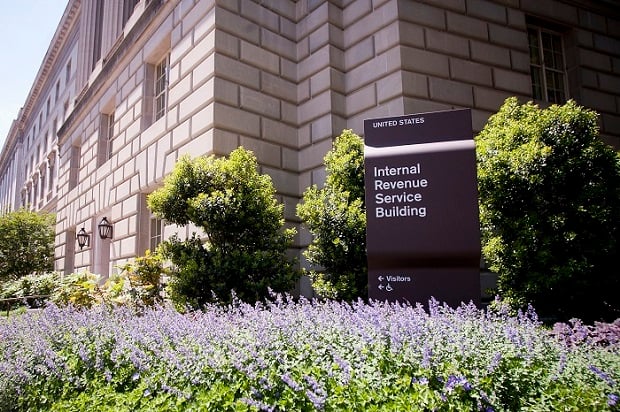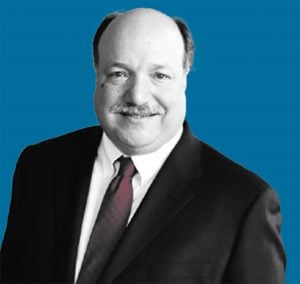 The Budget Act of 2018 allows plan sponsors to eliminate the mandatory six-month suspension of elective deferrals as well as the requirement to take a loan prior to seeking a hardship withdrawal. (Photo: Diego M. Radzinschi/ALM)
The Budget Act of 2018 allows plan sponsors to eliminate the mandatory six-month suspension of elective deferrals as well as the requirement to take a loan prior to seeking a hardship withdrawal. (Photo: Diego M. Radzinschi/ALM)
We can't predict the future, but sometimes the immediate past leaves enough breadcrumbs to show us a reasonably correct path.
Such was the case with the Budget Act of 2018 and the IRS Letter Ruling 201833012. These addressed the type and nature of hardship withdrawal rules corporate retirement plans can adopt. Plan sponsors need to be aware of the potential benefits and harm the opportunity to change the plan's rules may present to employees.
 Christopher Carosa, CTFA, is chief contributing editor for FiduciaryNews.com, a leading provider of essential news and information, blunt commentary and practical examples for ERISA/401(k) fiduciaries, individual trustees and professional fiduciaries.
Christopher Carosa, CTFA, is chief contributing editor for FiduciaryNews.com, a leading provider of essential news and information, blunt commentary and practical examples for ERISA/401(k) fiduciaries, individual trustees and professional fiduciaries.The Budget Act of 2018 allows plan sponsors to eliminate the mandatory six-month suspension of elective deferrals as well as the requirement to take a loan prior to seeking a hardship withdrawal. In addition, it increases available funds subject to hardship withdrawals. Together, these changes will allow employees easier access to more of their retirement savings well in advance of retirement.
Related: DC plan drawbacks that endanger worker retirements
A fiduciary must ask whether this is in the best interest of the employee. This doesn't present itself as a black and white argument. We certainly don't want employees who are sitting on large retirement assets to starve today because they don't have access to their money. On the flip side, we know most people aren't saving enough for retirement and that encouraging them to take a “hardship” withdrawal will likely come back to haunt them in retirement.
Amending plan rules to reflect these changes must be done by the end of the plan year they first become effective.
The private letter ruling issued by the IRS addresses another problem we're seeing all too often in the headlines: runaway student loan debt. The letter allows companies to apply 401(k) matching contributions to employees who have made student loan payments. This, in effect, removes one of the most cited reasons why younger employees don't contribute to their company's retirement plan. It's not a direct “hardship” withdrawal, but an indirect one in the sense that it may divert funds that would otherwise go towards retirement saving.
While this may sound good, be forewarned: An IRS private letter ruling has limited applicability. It does not reflect official IRS guidance. This may put the damper on many 401(k) plans offering the same benefit. On the other hand, if there's growing demand among employees for a student loan benefit program, expect the IRS to be inundated with similar private ruling requests. Who knows? This just might inspire the IRS to issue general guidance on the matter.
Again, the fiduciary needs to consider the upside and downside of such a policy. Arguments in favor of a student loan benefit program include both the ability to reduce student debt and at the same time make at least some nominal savings for retirement. Arguments against a student loan benefit program include that aforementioned diversion of funds away from saving for retirement. Most, however, consider this a Solomon-like compromise, with the money being split in half between paying off student loans and saving for retirement.
Beginning January 1, 2019, cognizant plan sponsors will have broader opportunities to make their 401(k) plans more attractive, albeit potentially less effective.
Read more:
© 2025 ALM Global, LLC, All Rights Reserved. Request academic re-use from www.copyright.com. All other uses, submit a request to [email protected]. For more information visit Asset & Logo Licensing.







